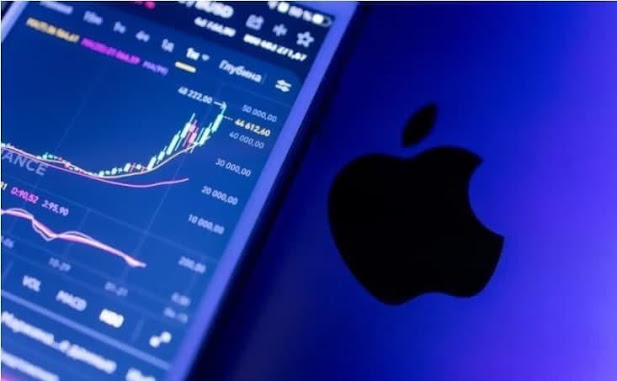Ideally, the best opportunity to purchase is previously or on the declaration date.
Apple Inc. is one of the most valuable and widely recognized companies in the world, and its stock has been a popular choice for investors for decades. In the past, the company has undergone several stock splits to make its shares more affordable and accessible to a wider range of investors. With the recent announcement of another stock split, many investors are wondering whether it's better to buy Apple stock before or after the split.
Understanding Stock Splits
Before deciding whether to buy Apple stock before or after a split, it's important to understand what a stock split is and how it works. In a stock split, a company increases the number of its outstanding shares by dividing each existing share into multiple new shares. For example, in a 2-for-1 stock split, each existing share would be split into two new shares, effectively doubling the number of outstanding shares.
While a stock split doesn't change the overall value of a company or an investor's stake in that company, it does have some important implications for the stock price. In general, a stock split leads to a decrease in the price per share, as the total value of the company is now divided among a greater number of shares. However, this price decrease can make the stock more affordable and accessible to smaller investors, potentially increasing demand for the stock and driving up the price over time.
Pros and Cons of Buying Before the Split
Another advantage of buying before the split is the potential for lower transaction costs. When a stock splits, the total number of shares increases, but the overall value of the investment remains the same. This means that smaller investors can purchase more shares before the split and avoid higher transaction fees that can come with buying larger blocks of stock.
However, there are also some potential downsides to buying Apple stock before the split. For one, there is no guarantee that the short-term boost in the stock price will materialize, and the price could just as quickly remain flat or even decrease following the split. Additionally, if an investor buys shares right before the break and then decides to sell them shortly thereafter, they may be subject to higher short-term capital gains taxes.
Pros and Cons of Buying After the Split
On the other hand, there are also some arguments in favor of buying Apple stock after the split. One advantage is that the lower price per share may make the stock more affordable and accessible to smaller investors, potentially increasing demand for the stock and driving up the cost over time.
Another advantage of buying after the split is that it can allow investors to buy smaller increments of the stock over time, rather than having to commit a large sum of money all at once. This approach can help investors mitigate some of the risks associated with investing in the stock market, as they can gradually build a position in the stock over time.
However, there are also potential downsides to buying Apple stock after the split. For one, investors who buy after the split may miss out on any short-term boost in the stock price that may occur following the split. Additionally, buying after the split could also expose investors to higher transaction costs, as they may need to purchase larger blocks of shares to achieve their desired investment amount.
Other Factors to Consider
Ultimately, the decision to buy Apple stock before or after the split should depend on a variety of factors, including an investor's individual investment goals, risk tolerance, and overall market conditions. Some investors may prefer to



.jpeg)









